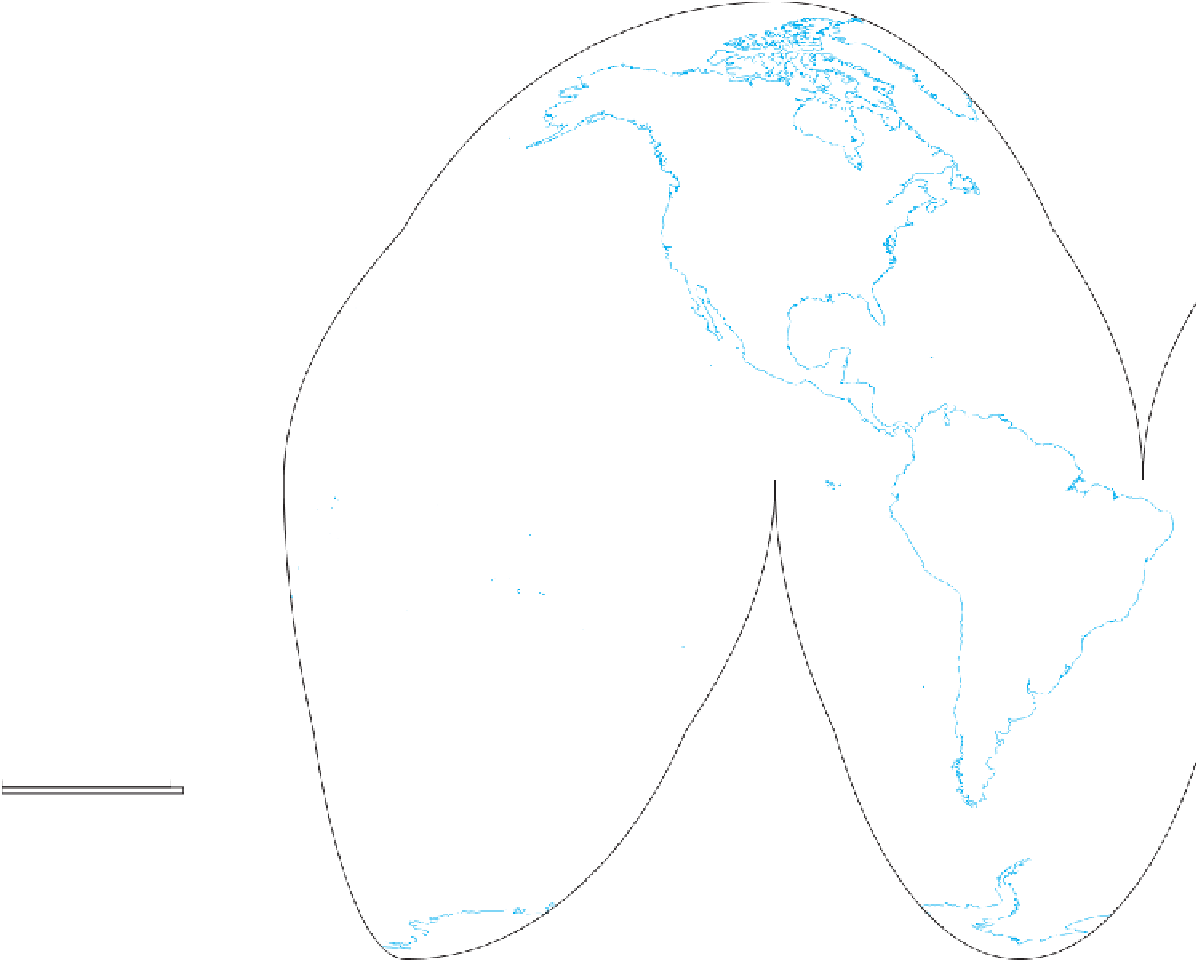Geography Reference
In-Depth Information
U.S.
(Alaska)
60
°
CANADA
UNITED
STATES
40
°
40
°
ATLANTIC
OCEAN
Tropic of Cancer
20
°
20
°
20
°
U.S.
(Hawai'i)
PACIFIC
Equator
0
°
OCEAN
MAJOR INDUSTRIAL
REGIONS OF THE WORLD
BY 1950
20
°
20
°
20
°
Tropic of Capricorn
Regions of major
industrial activity
Countries with major
industrial activity
40
°
40
°
40
°
40
0
1000
2000
3000 Kilometers
0
1000
2000 Miles
160
°
140
°
120
°
80
°
60
°
40
°
60
°
60
°
60
°
60
°
SOUTHERN
OCEAN
Figure 12.7
Major Industrial Regions of the World in 1950.
This map shows the major industrial dis-
tricts of Europe, North America, Russia, and East Asia in approximately 1950.
© E. H. Fouberg,
A. B. Murphy, H. J. de Blij, and John Wiley & Sons, Inc.
United States, furniture manufacturing shifted from Boston
in 1875 to Cincinnati by 1890 and then Grand Rapids,
Michigan by 1910. Furniture manufacturing took off in
North Carolina when northern entrepreneurs built manu-
facturing plants there in the early 1900s to take advantage of
North Carolina's “abundance of lumber, low-cost labor
combined with Reconstruction era wood-working skills and
attitudes, and infrastructure providing good proximity” to
customers as well as a humid climate (Walcott 2011, 10).
High Point and other furniture centers clustered together
to take advantage of not only the location and resources but
also the services and infrastructure that grew to accommo-
date and aid furniture manufacturers in the region.
Finished furniture is a bulky commodity. Whenever
furniture manufactures have considered locating outside
of North Carolina and the Piedmont region or moving
operations abroad, one of the key issues has been the
fric-
tion of distance
: the increase in time and cost that usually
comes with increased distance over which commod
ities
must travel. If a raw material has to be shipped hundreds of
miles to a factory, rather than being manufa
ctured right
next door, the friction of distance increases. A corollary to













































































































































































































































































































































































































































































































































